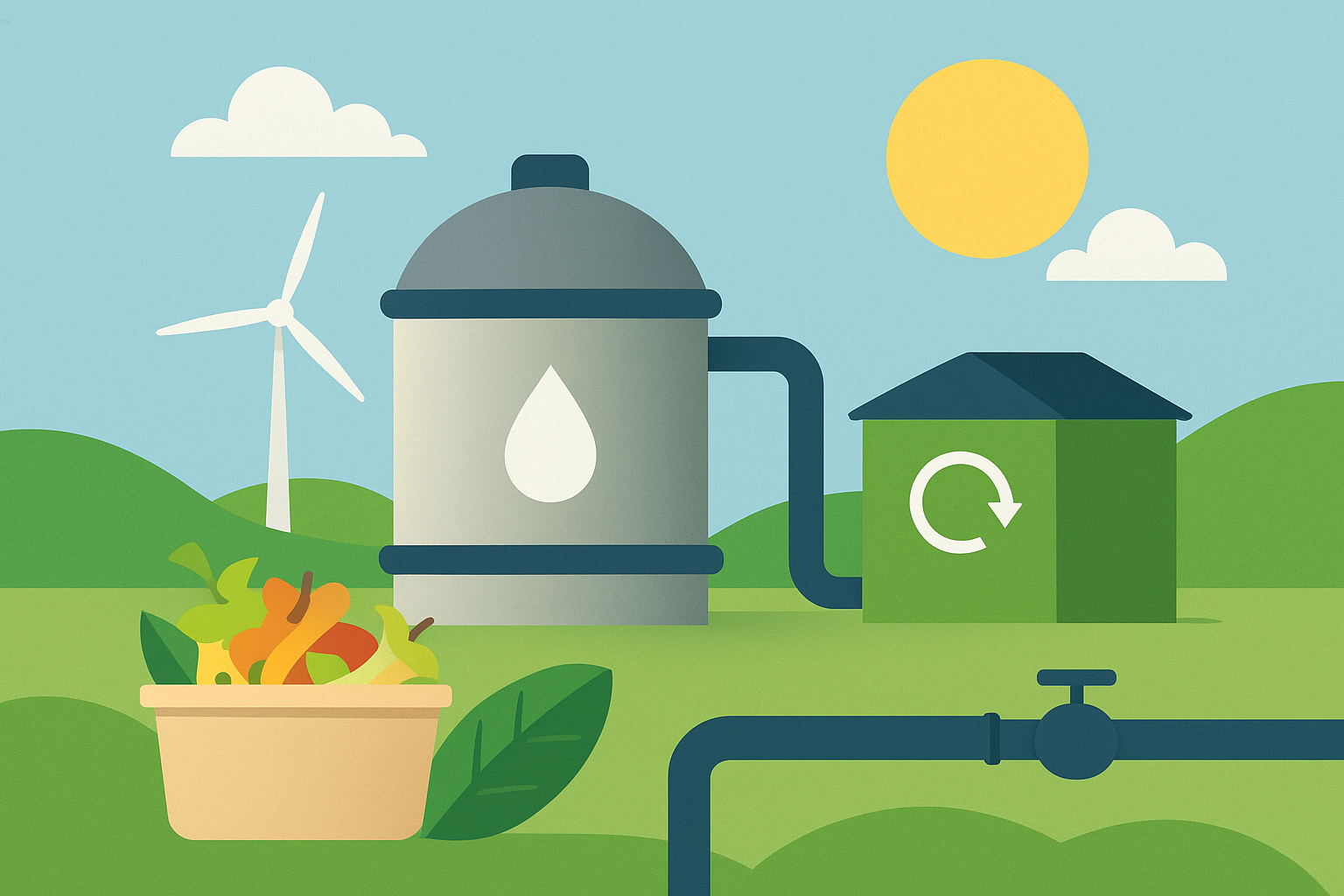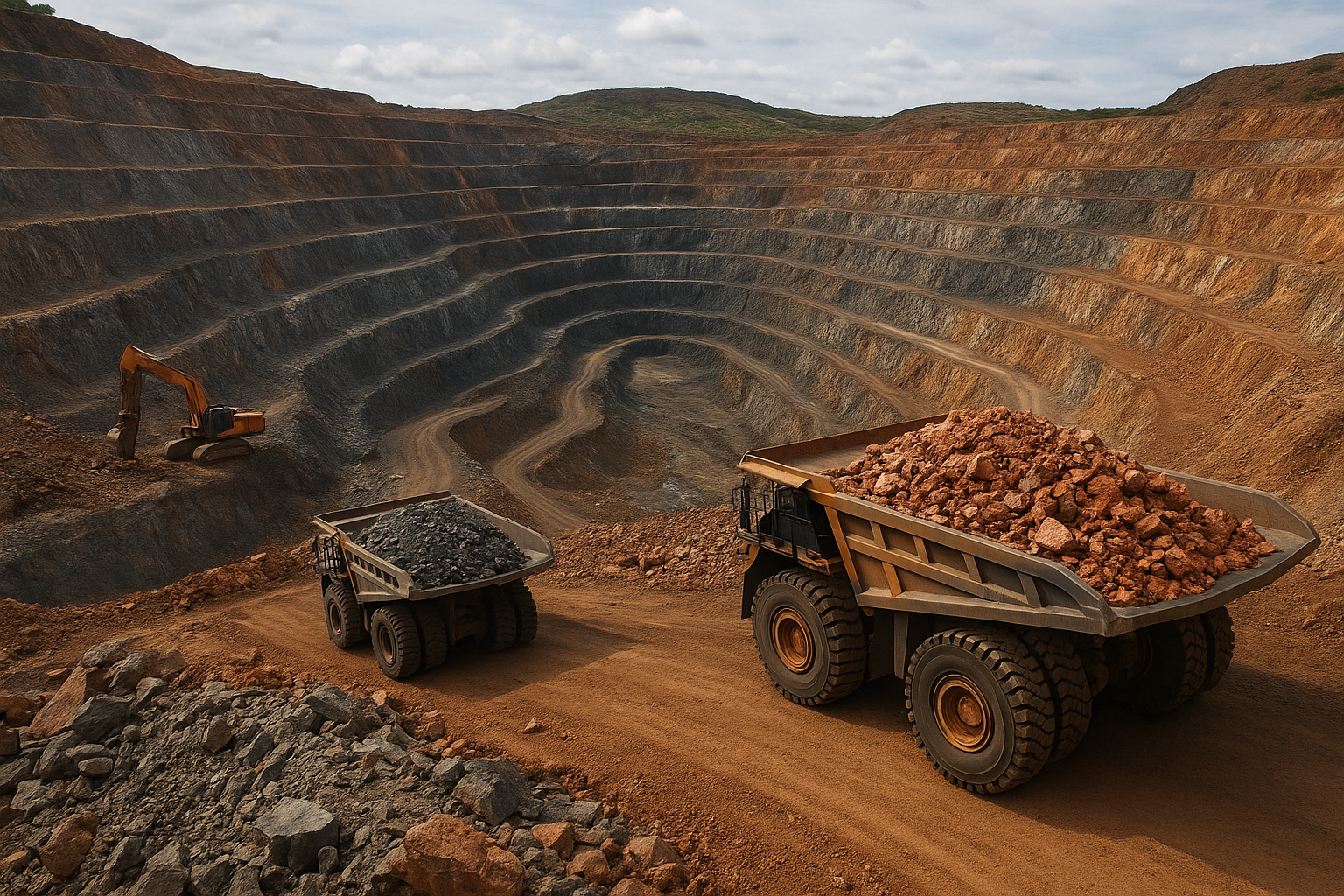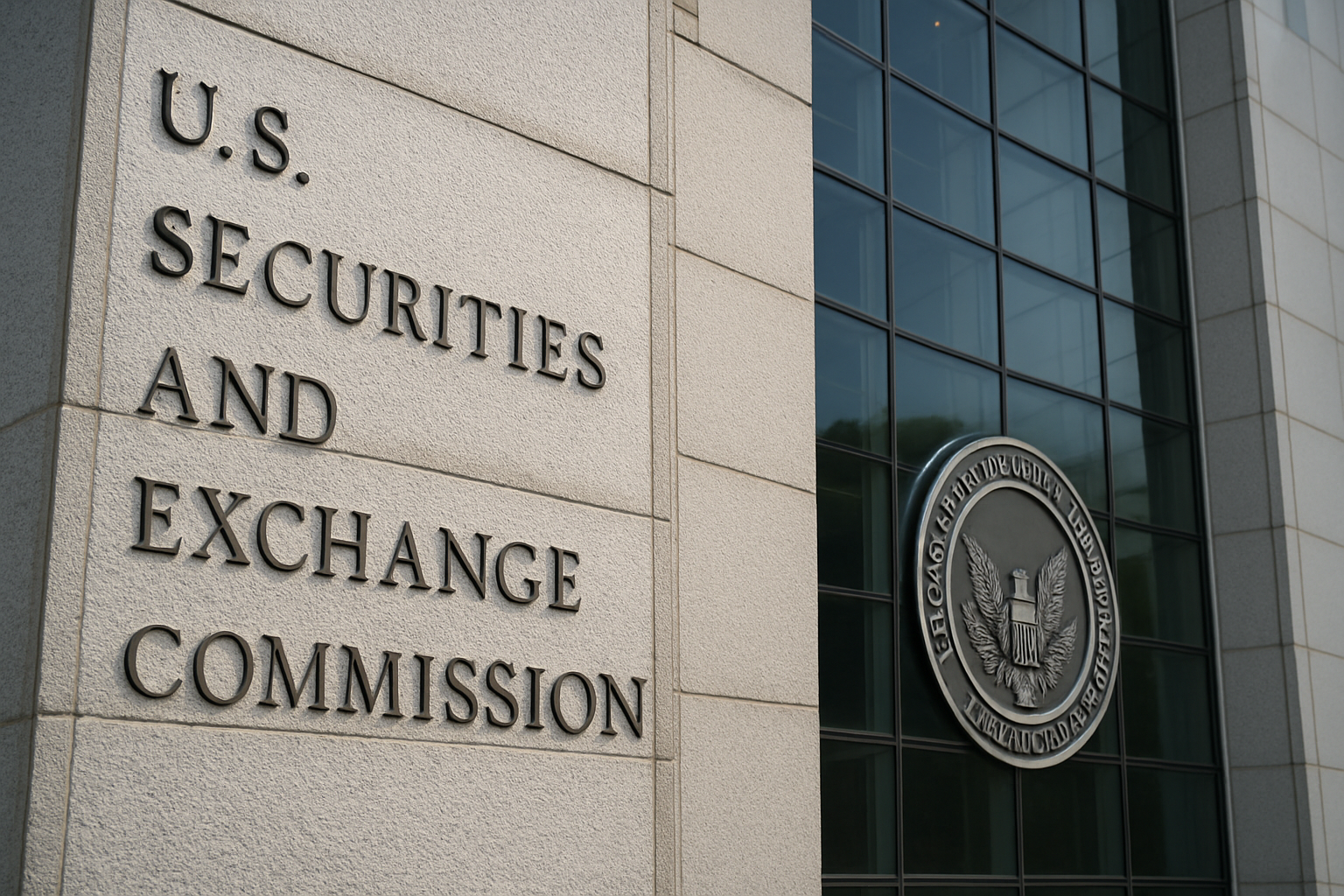As investors double down on climate-positive infrastructure and sustainable yield plays, a fresh financing deal in North America’s renewable natural gas (RNG) sector is catching attention. Generate Capital, a leading sustainable infrastructure investor, announced a C$60 million (≈US$43 million) debt facility for its subsidiary Generate Upcycle — a platform focused on converting food waste into renewable natural gas through anaerobic digestion. The transaction, backed by Fiera Infrastructure Private Debt, signals a maturing stage for circular-economy assets and an expanding role for debt markets in funding low-carbon projects.
Renewable Infrastructure Finds Its Financing Footing
While clean energy financing has long centered on solar and wind, 2025 is seeing an accelerating pivot toward bioenergy and waste-to-value infrastructure. Generate’s deal marks one of the largest debt-backed RNG portfolio financings of the year, supporting five upgraded anaerobic digestion (AD) facilities across North America.
According to PR Newswire, the capital will fund both expansion and optimization of these AD assets, which process organic and food waste into methane-rich biogas — later refined into renewable natural gas. RNG is increasingly viewed as a critical bridge fuel in the transition away from conventional fossil gas, offering utilities and industrial buyers a decarbonized alternative without major retrofits to existing infrastructure.
Data from BloombergNEF shows global RNG investment has surpassed US$3.5 billion in 2025 YTD — up 28% year-on-year — as utilities, waste-management firms, and infrastructure funds seek stable, inflation-protected returns from long-term energy offtake agreements.
Why This Matters for Investors
This financing underscores a broader structural shift: decarbonization infrastructure is moving beyond the venture stage and into mainstream project finance territory. The Generate Upcycle deal mirrors what analysts at McKinsey have termed the “infrastructure phase of decarbonization,” where proven clean technologies scale through capital-market mechanisms like project debt, green bonds, and securitizations.
For investors, the emergence of waste-to-energy assets as a financeable category presents a new yield frontier — one combining ESG alignment, inflation protection, and relatively low correlation to public markets. Institutional lenders and pension funds are showing rising interest in such assets, viewing them as part of an alternative credit strategy with measurable sustainability outcomes.
The opportunity, however, isn’t without complexity. Debt financing for bioenergy projects hinges on feedstock security, creditworthy offtakers, and reliable technology performance. Analysts note that as more AD plants come online, competition for organic waste inputs could tighten — potentially pressuring margins for merchant producers without fixed supply agreements.
The Policy and Market Tailwinds
Government policy continues to play a decisive role. The U.S. Inflation Reduction Act (IRA) and Canada’s Clean Fuel Regulations have created strong incentives for RNG producers through tax credits, carbon-intensity credits, and renewable gas standards.
Generate’s deal comes amid a broader policy wave: California and several U.S. states have expanded Low Carbon Fuel Standard (LCFS) programs to include waste-to-RNG pathways, while Canada’s provinces are setting mandates for renewable gas content in utility supply. The European Union’s equivalent incentives — under the Renewable Energy Directive (RED III) — have also boosted demand for RNG imports, supporting global price stability.
Such frameworks make RNG particularly attractive to infrastructure funds targeting stable, policy-supported revenue streams. “We’re seeing renewable gas emerge as a credible institutional asset class,” said a sustainable-finance analyst at RBC Capital Markets, noting that debt providers are increasingly confident underwriting long-term contracts with stable cash flows.
Future Trends to Watch
1. The Rise of Circular Energy Infrastructure: Expect continued deal flow in waste-to-energy, biogas upgrading, and carbon-capture-ready systems as investors chase integrated ESG infrastructure platforms.
2. Institutional Capital Rotation: Infrastructure debt is becoming a major entry point for investors seeking risk-adjusted green exposure without the volatility of public equities.
3. Technological Scaling Risks: The AD sector still faces operational variability. Investors should assess technology providers’ track records and O&M (operations and maintenance) resilience before committing capital.
4. Carbon Market Linkages: RNG projects linked to carbon credit schemes could offer additional upside — but also policy risk if offset markets face regulatory tightening.
Key Investment Insight
Generate Capital’s C$60 million financing reflects a pivotal moment in renewable infrastructure — where circular-economy assets are transitioning from experimental to bankable. Investors who position early in this phase could gain exposure to long-duration, inflation-linked cash flows that align with ESG mandates.
For those eyeing opportunities, focus on platforms with:
- Secured long-term offtake agreements.
- Proven technology and operational scale.
- Exposure to jurisdictions with supportive decarbonization policy.
The broader takeaway: sustainable infrastructure is no longer niche — it’s becoming an institutional asset class.
Stay ahead of the market with MoneyNews.Today, your source for daily investor intelligence on emerging industries, capital markets, and the transition economy.





